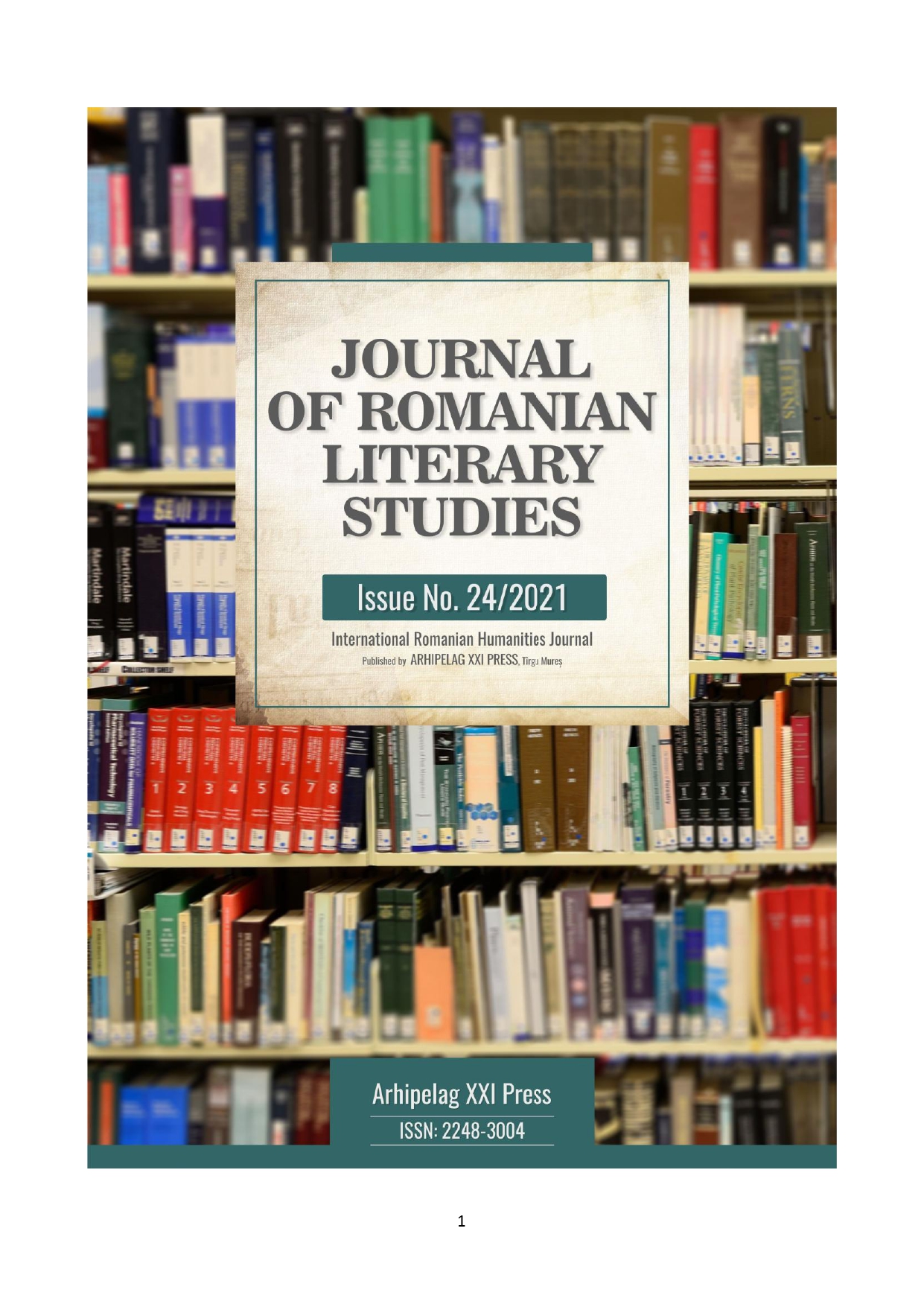LILITH IN ANCIENT RELIGIOUS MYTHOLOGY AND IN THE BIBLICAL TEXT
LILITH IN ANCIENT RELIGIOUS MYTHOLOGY AND IN THE BIBLICAL TEXT
Author(s): Mihai HandaricSubject(s): Biblical studies, Systematic Theology, History of Religion
Published by: Editura Arhipelag XXI
Keywords: Lilith; Isaiah 34:14; ancient texts; Talmud; Zohar;
Summary/Abstract: The female character Lilith is present in Sumerian, Assyrian, Babylonian, Jewish and Arab myths. Her name is mentioned only once in the Old Testament, in Isaiah 34:14. In this article the author seeks to discover how the woman Lilith is perceived in various ancient traditions and in the Judeo-Christian tradition. According to some researchers, the changes in Lilith's portrait in history between 3000 and 2500 BC were due to the changes in society. Starting from the ancient myths about Lilith, it is observed that this mythological being occupies a central place in the demonological tradition of the Jews of the first millennium BC. Influenced by their stay in Babylonian exile in 586 BC, the Jews took information from Babylonian mythology and included it in their traditions. Being in a position of authority, the Jews influenced the change in the positive image of the female character Lilith, who was seen as equal to the male, disobedient. The Jews came to regard Lilith as an evil spirit. The mentioned commentators claim that the formation of the Old Testament was influenced by patriarchal interests, which led to the modification of older archaic myths. Arguments were also made from the Jewish traditions composed after the event of the fall of Jerusalem, 70 A D, more precisely from the Talmud, the Zohar, the Alphabet of Ben Sirah, which develops a dark perspective of the mythical character Lilith. The author concludes that Isaiah uses the name of the character Lilith, taken from ancient mythology to highlight the consequences of divine judgment against the land of Moab, given the negative significance of the character. It means that the information included is secondary to the main message of the prophet. The phrase should be interpreted as a figure of speech, taken from the ancient literature of the time to illustrate the consequences of divine judgment.
Journal: Journal of Romanian Literary Studies
- Issue Year: 2021
- Issue No: 24
- Page Range: 327-343
- Page Count: 17
- Language: Romanian

